Write Us
We are just a call away
[ LET’S TALK AI ]
X
Discover AI-
Powered Solutions
Get ready to explore cutting-edge AI technologies that can transform your workflow!

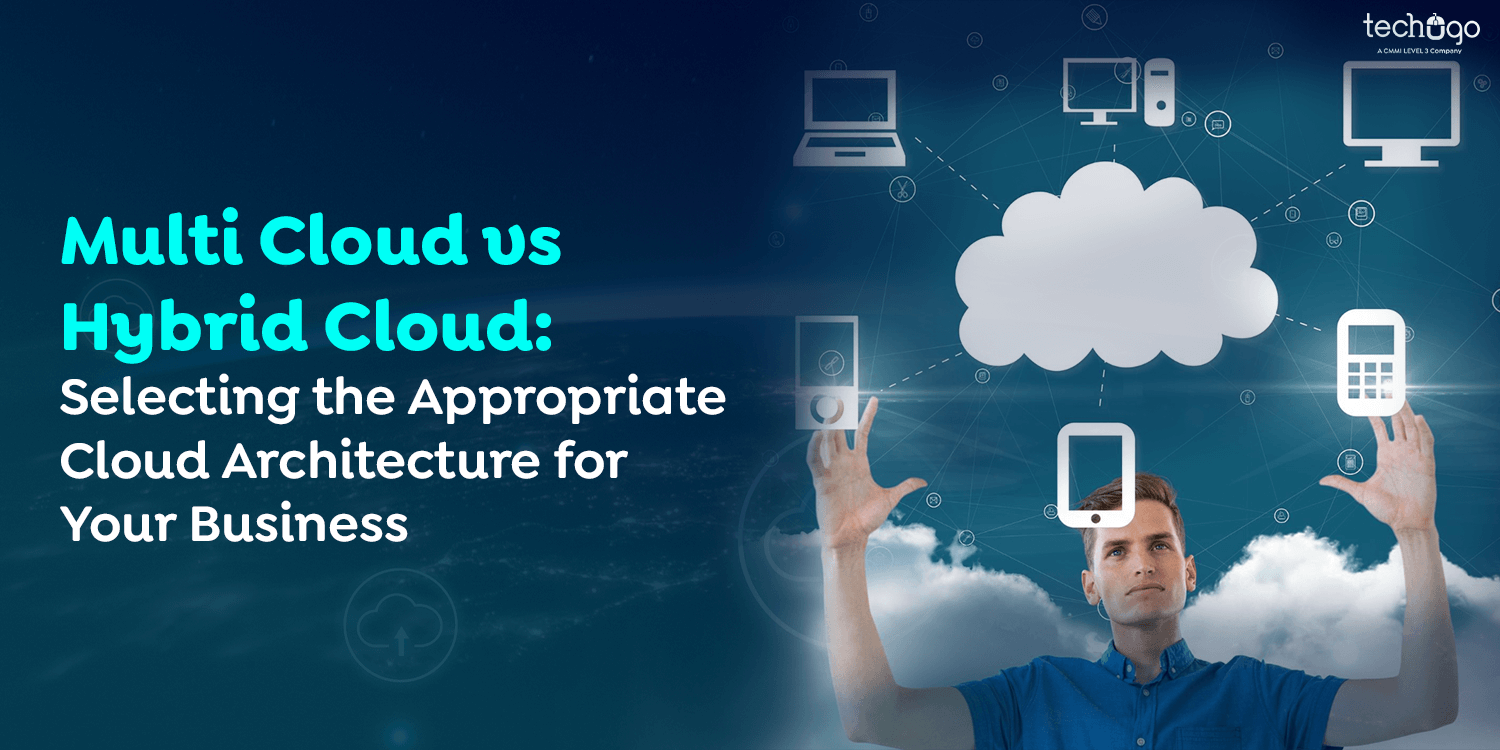
In modern epochs, cloud computation has transmuted the manner in which enterprises operate, presenting unprecedented versatility, scalability, and cost-efficacy. This transformative trending technologies sanction organizations to access an extensive array of computing resources, encompassing storage, servers, databases, networking, software, and applications, over the interconnected network, frequently conforming to a remunerate-as-you-utilize pricing paradigm. Cloud computation eliminates the exigency for on-premises hardware infrastructure, enabling enterprises to concentrate on innovation and expansion while relinquishing the complexities of infrastructure management to cloud accommodation purveyors.
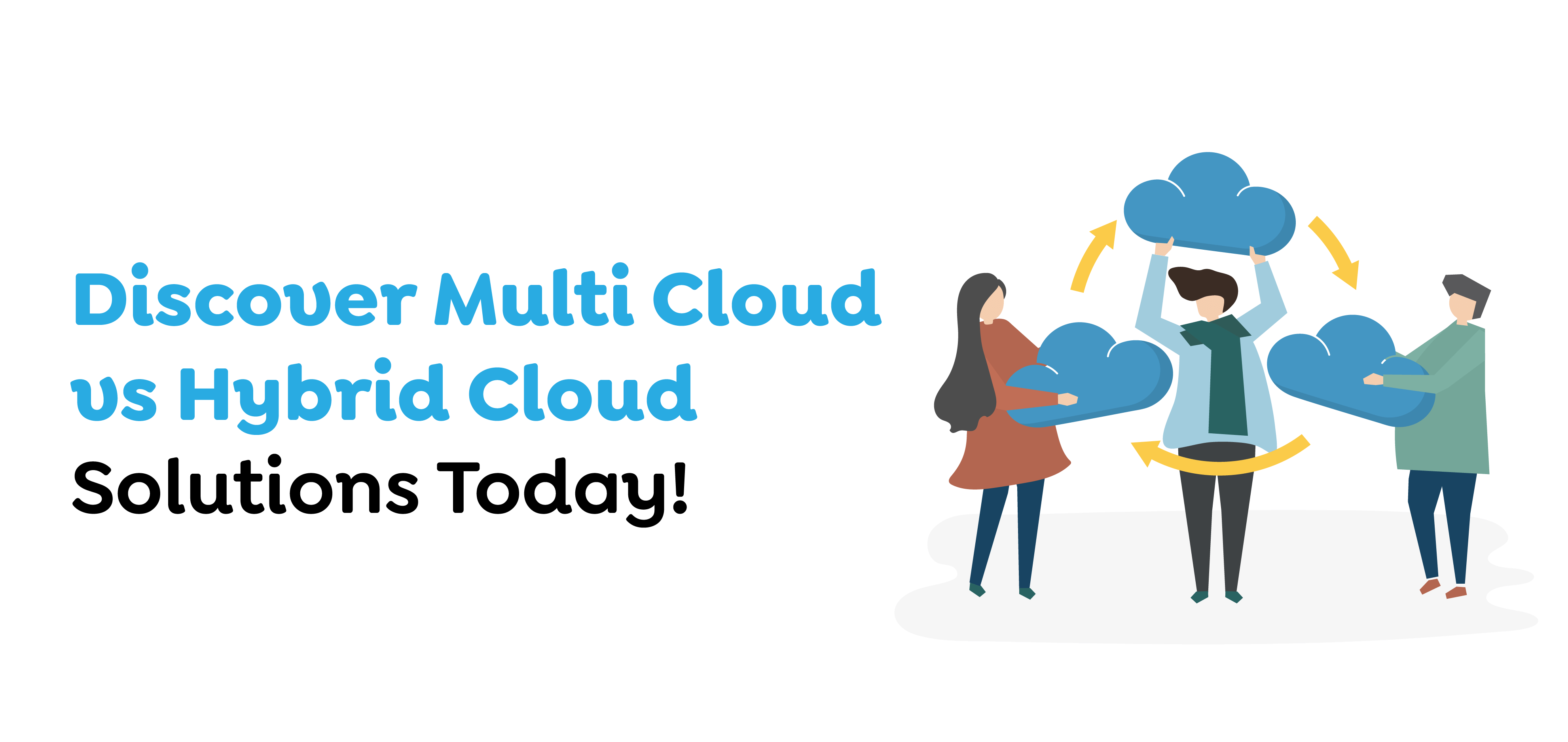
Cloud computation is a technological paradigm that facilitates opportune, on-requisition access to a collective pool of configurable computing resources over the interconnected network. These resources encompass networks, servers, storage, applications, and services, which can be rapidly provisioned and liberated with minimal management endeavor or service purveyor interaction. Cloud computing eliminates the exigency for organizations to invest in and maintain physical hardware infrastructure, permitting them to scale resources up or down based on demand and remunerate only for the resources they consume. This paradigm offers several beneficences, including cost-effectiveness, flexibility, scalability, reliability, and accessibility, rendering it a popular preference for enterprises of all dimensions across various industries.
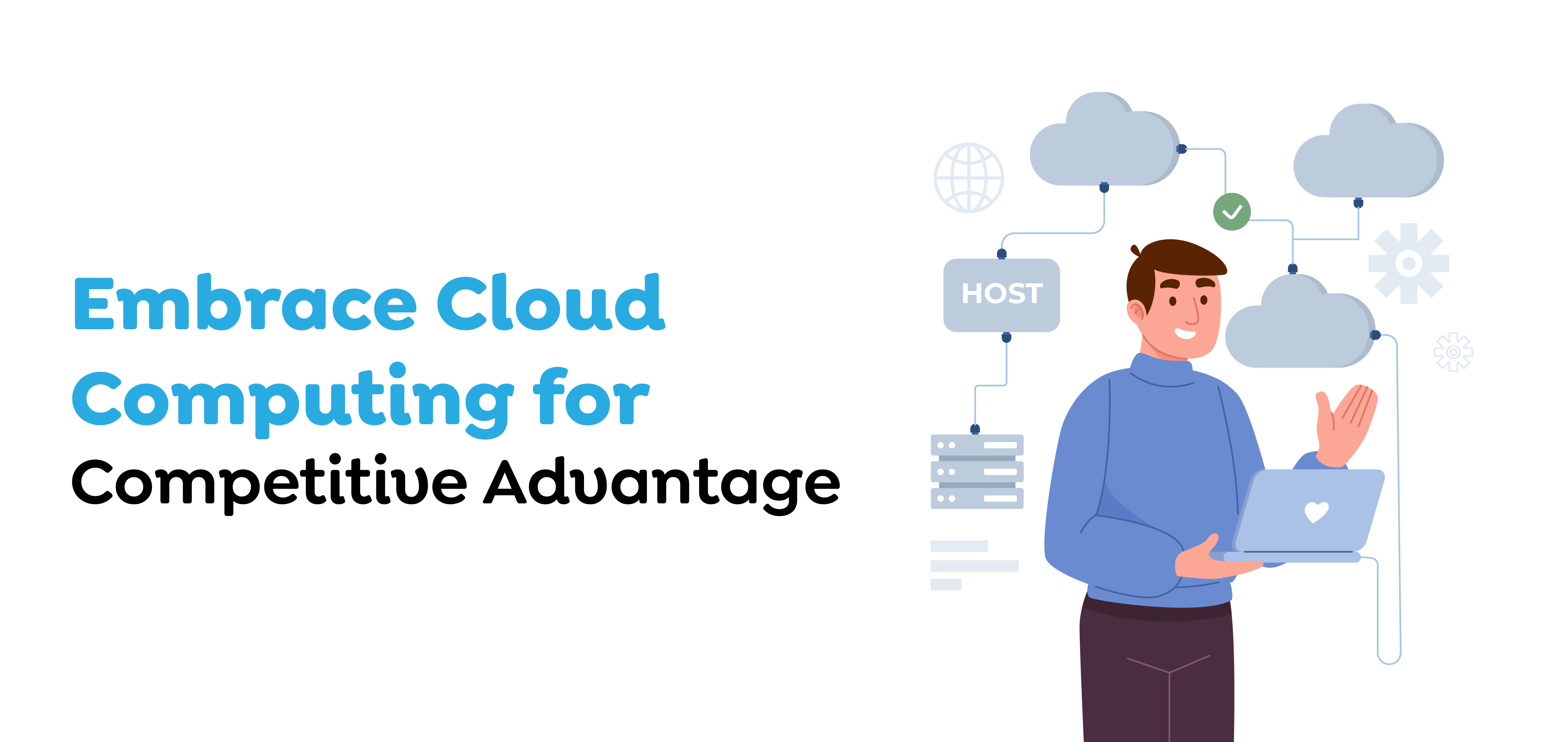
Cloud computation permits organizations to amplify or diminish their resources based on requisition. This policy enables enterprises to manage fluctuating operational burdens efficiently without over-provisioning or under-utilizing substructure.
By utilizing cloud services, organizations can circumvent the antecedent expenses of procuring and sustaining hardware. Additionally, cloud purveyors typically tender pay-as-you-utilize pricing paradigms, permitting enterprises to remunerate only for the resources they employ. This cost-effective approach is particularly advantageous for startups and diminutive businesses with constrained budgets.
Cloud computing furnishes access to computing resources and services over the interconnected network from anywhere in the world.This accessibility enables remote labor, cooperation, and the dissemination of accommodations to utilisators across manifold apparatuses, eventuating in amplified productivity and efficiency.
Cloud purveyors proffer robust infrastructure and redundancy measures to ensure elevated availability and reliability of services. This encompasses data replication, automated backups, and failover mechanisms that minimize downtime and mitigate the risk of data deprivation.
Cloud computation capacitates expeditious deployment of newfangled applications and accommodations, sanctioning organizations to experiment, innovate, and bring products to market more rapidly. Cloud platforms additionally purvey access to cutting-edge technologies such as artificial intelligence, machine learning, and voluminous data analytics, empowering enterprises to obtain insights and impel innovation.
Cloud storage solutions tender virtually unlimited storage capacity, eliminating the exigency for organizations to invest in and manage on-premises storage infrastructure. This scalability permits businesses to store and manage voluminous volumes of data cost-effectively while ensuring data durability and attainability.
Cloud vendors sustain data centers in manifold geographic regions, capacitating organizations to deploy applications and accommodations in closer proximity to their utilizators. This worldwide expanse diminishes latency, enhances performance, and ensures conformity with data sovereignty regulations.
Also Read – Cloud Pos VS Traditional Pos: Which is the Best Choice?
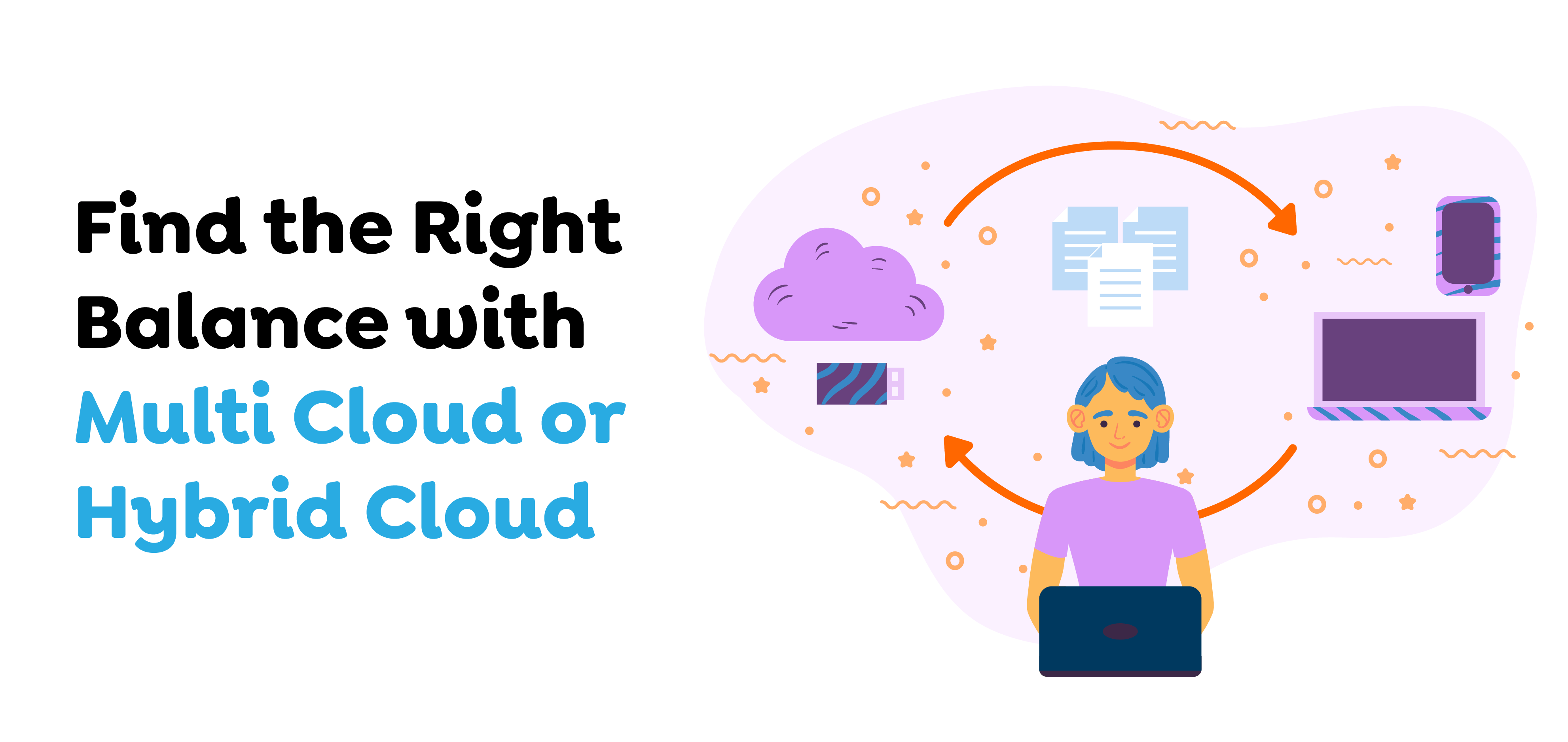
As enterprises embrace cloud computation, they are confronted with the determination of selecting the appropriate cloud application security to convene their unique necessities. Two prominent approaches in cloud architecture are multi cloud and hybrid cloud.
Multi cloud architecture involves leveraging services from multiple cloud purveyors simultaneously. This approach tenders several beneficences, including mitigating the risk of vendor lock-in and taking advantage of the unique strengths and capabilities of divergent cloud purveyors. By disseminating workloads across multiple cloud platforms, organizations can increase redundancy and optimize costs. However, managing disparate environments from divergent purveyors introduces complexity, requiring robust orchestration, governance, and monitoring.
On the other hand, hybrid cloud architecture combines on-premises infrastructure with public and private cloud resources. This approach permits organizations to preserve sensitive data and critical workloads on-premises while leveraging the scalability and cost-effectiveness of public cloud services for other workloads. Hybrid cloud architectures often involve integrating public cloud services with existing on-premises data centers or private cloud environments, creating a unified infrastructure platform. While hybrid cloud tenders flexibility and data sovereignty, organizations must address challenges related to data management, integration, and compliance.
Dive deeper into the cutting-edge advancements of healthcare technology with our insightful blog post on DICOM.
A ubiquitous interrogation that arises is whether hybrid cloud architectures can function as multi cloud setups. The rejoinder is affirmative. Hybrid cloud environments can incorporate services from multiple cloud purveyors alongside on-premises infrastructure, tendering the beneficences of both integration and multi-purveyor policy. By integrating public cloud services from various purveyors into their hybrid infrastructure, organizations can accomplish a multi-cloud setup, enabling them to avoid purveyor lock-in, increase redundancy, and optimize costs.
The varied cloudy structure offers numerous benefits, such as spreading across various cloudy providers, reducing risks linked with interruptions or service halts from a lone provider, and enhancing expenses by picking the most economical services for distinct workloads. Nevertheless, overseeing various cloudy setups brings about intricacy, involving difficulties connected to networking, safety, control, and operational administration. Establishing interoperability and compatibility between services from divergent purveyors can be daunting, and organizations must address concerns related to data protection, identity management, access control, and regulatory requirements in each cloud platform.
A blended cloud structure offers adaptability and data jurisdiction, enabling enterprises to maintain confidential data onsite while utilizing the expansiveness and cost-efficiency of public cloud amenities for alternative tasks. Blended cloud frameworks aid in merging outdated systems with contemporary cloud amenities, enabling organizations to progressively upgrade their framework without interrupting current operations. Nevertheless, tackling data administration obstacles like data transfer, harmonization, and absence of uniformity between onsite and cloud-based storage systems can be intricate. Hybrid cloud setups may also suffer from network latency issues, especially while transferring data between on-premises and cloud environments.
Organizations should consider choosing hybrid cloud architecture in the following scenarios:
When sensitive data must stay on-premises, robust encryption, access controls, and regular security audits ensure compliance. Hybrid cloud solutions balance regulatory requirements with the scalability of the cloud.
Integrating legacy systems with the cloud requires hybrid approaches like APIs or middleware. Containerization and orchestration simplify deployment and management across hybrid environments.
Cloud elasticity addresses fluctuating demands. Hybrid cloud strategies dynamically allocate workloads between on-premises and cloud environments, optimizing resource utilization.
Hybrid cloud solutions offer redundancy and failover mechanisms for high availability. Cost optimization tools, like resource tagging and reserved instances, control spending while maintaining performance and reliability.
Few tech debates rival the intensity of single cloud vs multi-cloud.
Organizations should consider choosing multi cloud architecture in the following scenarios:
Diversifying cloud vendors reduces dependency risks and fosters healthy competition. Multi-cloud or hybrid approaches offer flexibility in selecting best-fit solutions, maintaining control over IT environments.
Cloud providers offer unique features, capabilities, and pricing models. Multi-cloud strategies enable organizations to cherry-pick services to meet diverse needs effectively, ensuring access to best-in-class technologies and cost structures.
Operating globally requires infrastructure across multiple regions for low latency and compliance. Multi-cloud or hybrid strategies allow strategic workload distribution, enhancing redundancy and disaster recovery while optimizing performance and compliance. When having specialized workloads or applications that require specific cloud services tailored to their requirements.
Certainly, here are some app development cost factors to leverage the benefits of cloud computing in healthcare app development:
Cloud-based computation negates the exigency for antecedent pecuniary commitments in corporeal infrastructure such as servers, storage apparatuses, and networking accoutrements. Exploiting cloud services empowers enterprises to remunerate solely for the resources they utilize, diminishing capital disbursements and enabling more foreseeable operational outgoings.
Cloud purveyors typically proffer remunerate-as-you-utilize pricing paradigms, where organizations are charged contingent upon their actual utilization of resources. This pliant pricing configuration permits enterprises to scale resources upward or downward as necessary, optimizing expenditures and evading over-provisioning.
Cloud-centric computation capacitates organizations to maximize efficacious utilization of factors by dynamically apportioning computational resources contingent upon requisition. This precludes sub-utilization of factors and diminishes wastage, culminating in pecuniary economies.
Cloud vendors capitalize on pecuniary efficacies of magnitude by ministering to a voluminous client base with mutual substructure. This permits them to disseminate expenditures across manifold utilizators, eventuating in diminished per-unit costs for services. Enterprises can exploit these cost-effective paradigms by outsourcing their infrastructural necessities to cloud purveyors.
Cloud purveyors offer a comprehensive range of administered services, encompassing databases, analytics, machine learning, and DevOps implements. By exploiting these administered services, organizations can offload operational undertakings to the cloud purveyor, diminishing the necessity for in-house expertise and abating overall expenditures.
Cloud purveyors offer expenditure management implements and dashboards that permit organizations to monitor and optimize their cloud disbursing. These implements provide insights into resource utilization, cost propensities, and cost-saving opportunities, enabling enterprises to control expenditures efficiently.
Cloud vendors proffer rebates for pledging to prolonged-term employment of resources via preserved exemplars or volumetric discounts. By capitalizing on these cost-economizing prospects, organizations can furthermore diminish their cloud expenditures and optimize their comprehensive cloud disbursement.
By contemplating these cost-impacting factors and implementing strategies to optimize cloud spending, businesses can leverage the benefits of cloud computing in app development while controlling costs effectively.
Selecting an application origination enterprise for engendering applications with cloud computation tenders several prerogatives:
Application origination enterprises specialize in creating premium-quality applications tailored to client desideratums. They possess adroitness in exploiting cloud computation technologies to erect scalable, secure, and feature-replete applications. Their expertise permits them to navigate complexities expeditiously, ensuring seamless integration with cloud accommodations.
A mobile app development company in USA enlist proficient experts with mastery in diverse facets of app creation and cloud computing. These experts bring varied talents, encompassing software engineering, cloud structure design, security integration, and efficiency enhancement, guaranteeing the triumphant implementation of endeavors.
Onboarding an application origination enterprise eliminates the exigency to invest in procuring and instructing an in-house development contingent. Furthermore, application origination enterprises often maintain established affiliations with cloud accommodation purveyors, capaciting them to access resources and instrumentalities at competitive valuations, culminating in pecuniary economies for clientele.
App creation enterprises pursue streamlined development processes and leverage pre-built components and frameworks to accelerate software development life cycles. Their expertise with cloud technologies enables them to deploy applications rapidly, diminishing time-to-market and permitting clients to gain a competitive advantage.
Cloud computing offers scalability and flexibility, allowing applications to handle growing user demands and adapt to changing business requirements. App development companies leverage cloud infrastructure to build scalable solutions that can easily accommodate increases in user traffic or data volume without compromising performance or reliability.
Delegating app creation to a specialized entity permits enterprises to fixate on their fundamental proficiencies and tactical goals. By transferring the development and upkeep of applications to professionals, businesses can allocate resources more judiciously and fixate on propelling innovation and expansion.
App development companies provide ongoing support and maintenance services to ensure the optimal performance and security of applications. They monitor applications proactively, address issues promptly, and implement updates and enhancements as needed, allowing clients to maintain a competitive edge in the rapidly evolving digital landscape.
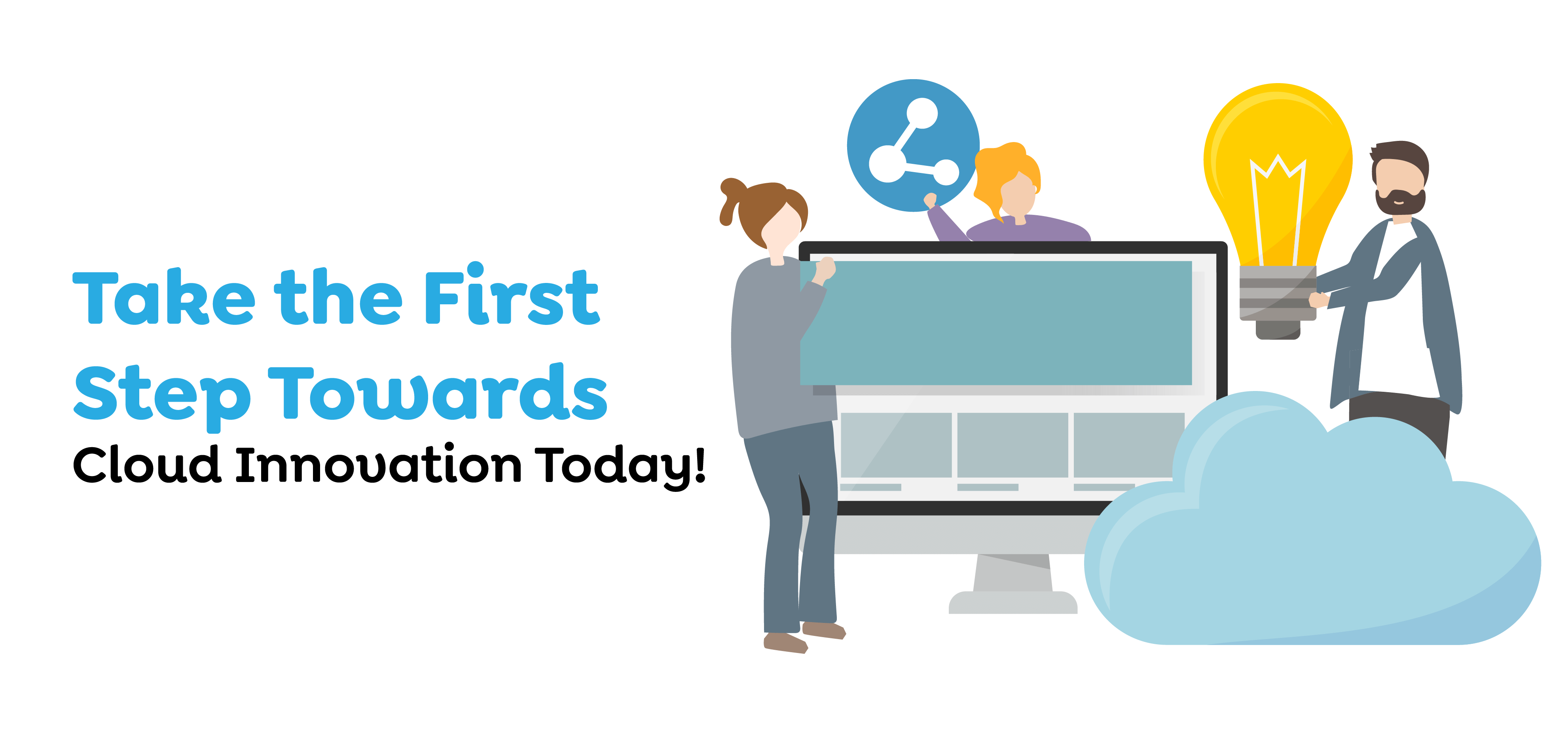
Choosing the right cloud architecture is crucial for organizations seeking to leverage the benefits of cloud computing. Whether opting for multi cloud or hybrid cloud, organizations must carefully assess their requirements, objectives, and constraints to make an informed decision. By evaluating the advantages and challenges of each approach and considering real-world case studies, organizations can determine the cloud strategy that aligns with their business needs and accelerates their digital transformation journey. With expert guidance and strategic planning, organizations can harness the power of cloud computing to drive innovation, agility, and growth in today’s rapidly evolving business landscape.
Contact our professionals if you’d like to learn more about how Techugo, a mobile app development company, can help your healthcare business prosper through innovative app development.
Get in touch with our team of experts today to initiate the conversation.
Write Us
sales@techugo.comOr fill this form